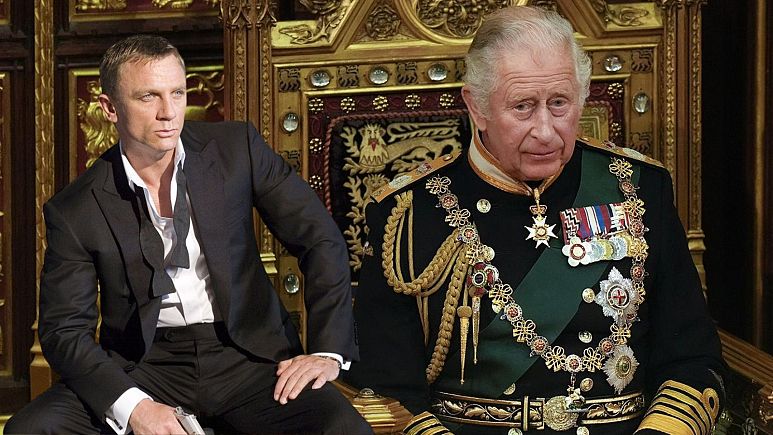



Put off by the defiant author, Goldfinger settled out of court in return for legal fees, six copies of the novel, and an agreement that the character’s first name would always be used.Īs for Goldfinger’s architecture, although he started to make waves before World War II with the Willow Road houses and one in Broxted, Essex, it was out of the ashes of the conflict that he would truly cement his place in the history books. However, in response, the headstrong Fleming threatened to rename the character “Goldprick”. As a result, he consulted with his legal representatives after the book was published, considering legal action against Fleming. The character in the book bears some resemblance to the real Goldfinger, and understandably, he was angered at the obvious swipe at him. Notably, Fleming was one of the most prominent objectors to Ernő’s pre-war demolition of a row of Victorian terraces in Hampstead in order to make way for his now-protected house at 1-3 Willow Road, which is looked after by the National Trust. Ian Fleming and Ernő Goldfinger were neighbours in Hampstead, London, and it is said that the idea to use the architect’s name arrived at Fleming after having a discussion with his cousin on the golf course. Although the book is one of the most lauded in the series, it is the film that remains most memorable, with the scene in which Bond is strapped to a table and threatened by Goldfinger with a laser the pinnacle of this, complete with the line: “No, Mr. Although the depictions and stories of the villain vary between book and movie, both are characterised by their obsession with the metal gold, with the forename, Auric, a direct adjective of it.

Famously, the villain Auric Goldfinger gave his name to the seventh James Bond novel Goldfinger in 1959 and the 1964 flick it later inspired.


 0 kommentar(er)
0 kommentar(er)
